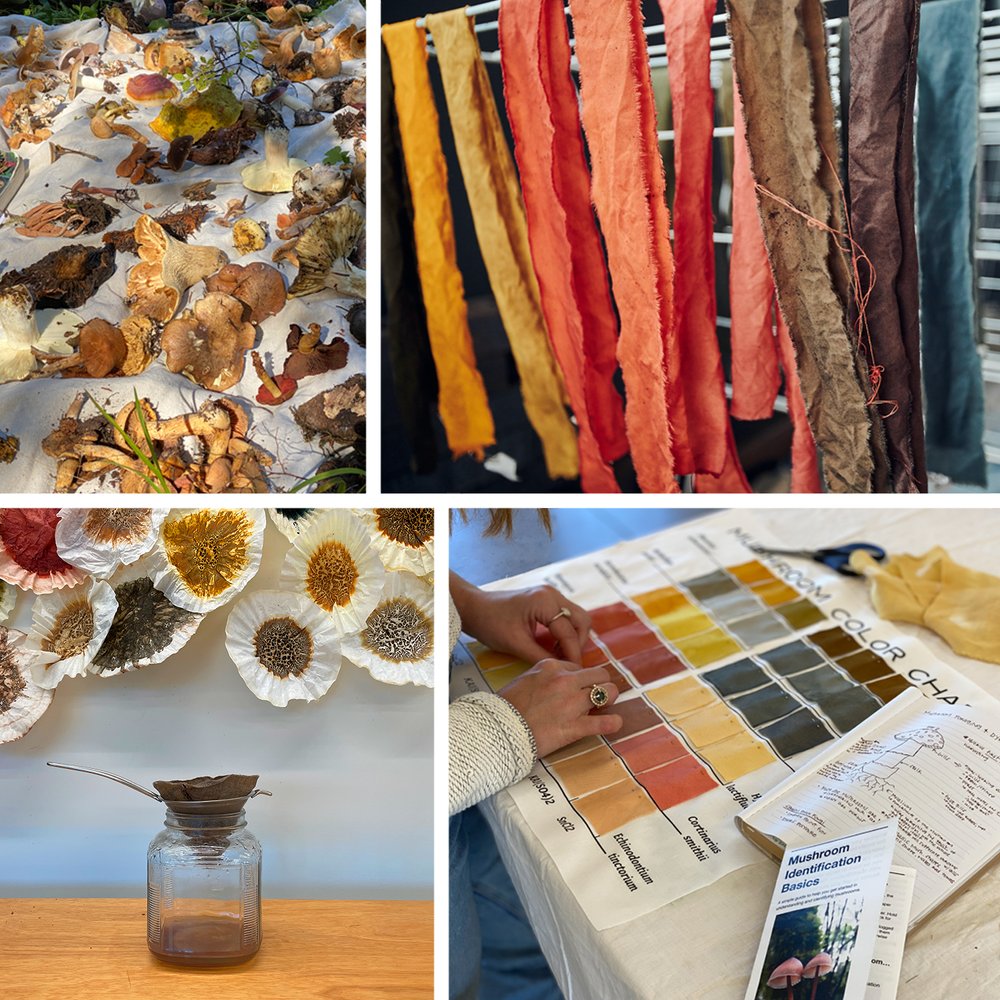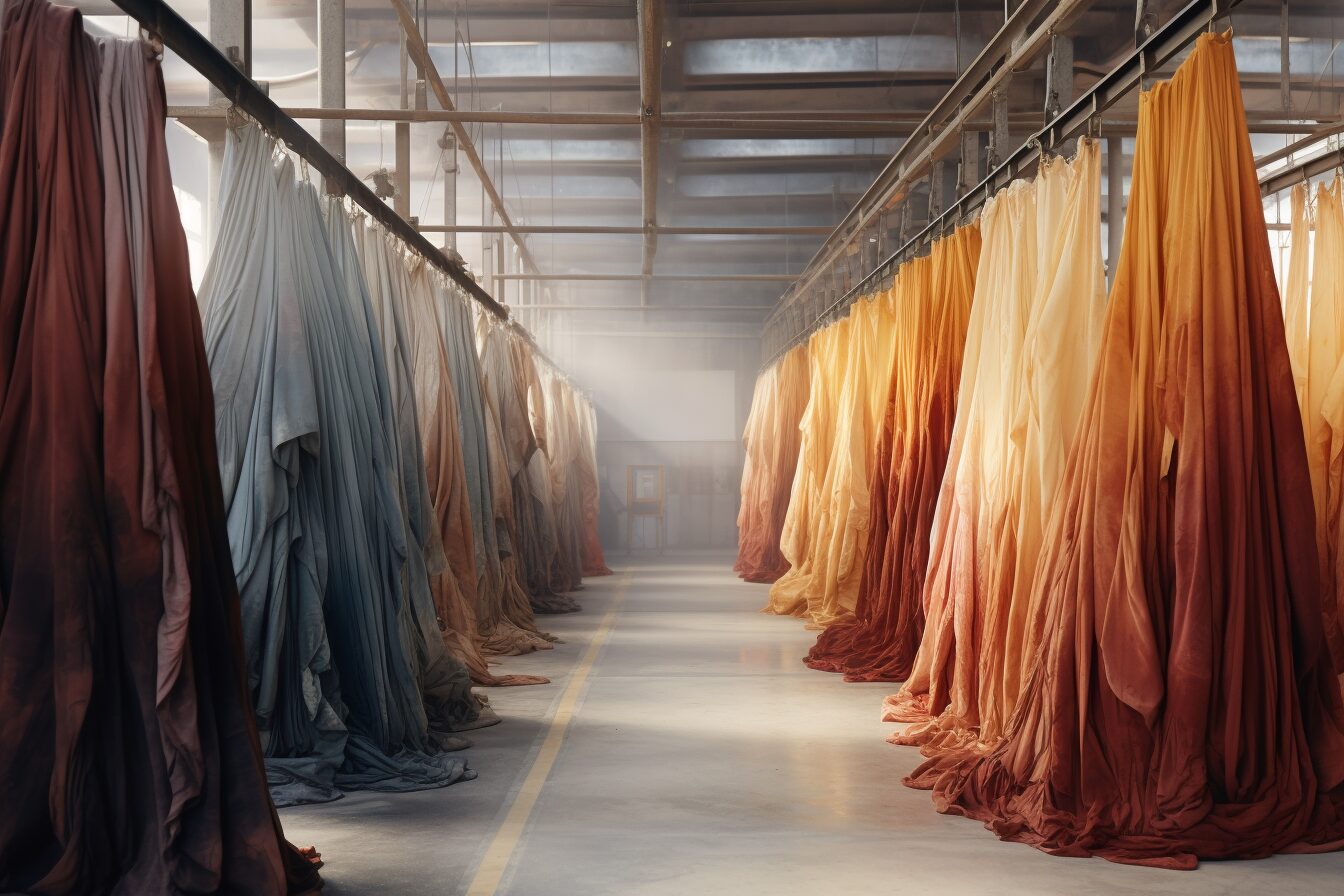DIY Natural Dyeing Techniques: Eco-Friendly Fabric Coloring
Welcome to the world of natural dyeing, where the vibrant hues of the earth come alive on fabric canvases. In a time where sustainability and eco-consciousness are at the forefront of our minds, DIY natural dyeing techniques offer a beautiful solution to conventional fabric colouring methods. Imagine garments adorned with colours derived from plants, fruits, and even insects, each telling a story of nature's bounty and our connection to it.
Definition and Key Aspects
Natural dyeing, simply put, is the process of using organic materials to colour textiles. Unlike synthetic dyes that often contain harmful chemicals and pollutants, natural dyes are derived from renewable resources and are biodegradable, making them a more environmentally friendly choice. The key aspects of DIY natural dyeing techniques include sourcing natural dye materials, preparing the dye baths, and applying them to fabric through various methods such as immersion dyeing, bundle dyeing, and painting.
Sourcing Natural Dye Materials
One of the most exciting aspects of natural dyeing is the exploration of materials found in our surroundings. From kitchen scraps to foraged botanicals, the possibilities are endless. For example, avocado pits and skins can produce lovely shades of pink, while onion skins yield warm earthy tones. Some unexpected sources of natural dyes include coffee grounds, turmeric, and even certain types of mushrooms. By harnessing the power of these everyday ingredients, we can create a rainbow of colours without harming the environment.
Preparing the Dye Baths
Once you've gathered your natural dye materials, the next step is to extract the colour through simmering, soaking, or fermenting. Each dye material requires a specific process to unlock its full potential. For example, some dyes may require mordants, which are substances that help fix the colour of the fabric and improve lightfastness. Common mordants include alum, iron, and tannin-rich materials like oak galls. Experimenting with different dye materials and mordants can lead to surprising results and unique colour combinations.
Applying Dyes to Fabric
With your dye bath prepared, it's time to dip, dunk, or paint your fabric to impart the desired colour. Immersion dyeing involves submerging the fabric into the dye bath for some time, while bundle dyeing entails wrapping the fabric around dye materials before steaming or simmering. For those feeling particularly artistic, painting directly onto fabric with natural dye extracts can result in intricate patterns and designs. The beauty of DIY natural dyeing lies in its versatility and the endless opportunities for creative expression.
Relevance in Today's World
In a world where fast fashion dominates and environmental concerns are mounting, DIY natural dyeing techniques offer a sustainable alternative to traditional fabric colouring methods. By utilizing renewable resources and minimizing chemical usage, natural dyeing promotes eco-friendly practices that align with our values of environmental stewardship and conscious consumerism. Additionally, the process of natural dyeing fosters a deeper connection to nature and a greater appreciation for the beauty found in simplicity.
Anecdotes and Examples
One of the most inspiring aspects of natural dyeing is its rich history and cultural significance. For centuries, indigenous communities around the world have been using plant-based dyes to adorn textiles with intricate patterns and symbols that tell stories of their heritage and traditions. In Japan, the art of indigo dyeing, known as "aizome," has been practised for over a thousand years, producing exquisite shades of blue that symbolize purity and tranquillity. Similarly, the vibrant hues of traditional Indian textiles, dyed with turmeric, madder root, and pomegranate, reflect the country's rich cultural tapestry and reverence for nature.
Conclusion
As we journey through the enchanting world of DIY natural dyeing techniques, we discover not only the boundless beauty of nature's palette but also our innate connection to the earth and its resources. From humble kitchen ingredients to ancient dyeing traditions, the art of natural dyeing invites us to slow down, embrace creativity, and tread lightly on the planet. So why not dip your toes into the colourful world of natural dyeing and see where the journey takes you? Who knows, you might just uncover a newfound passion and a deeper appreciation for the wonders of the natural world.







Comments
Post a Comment